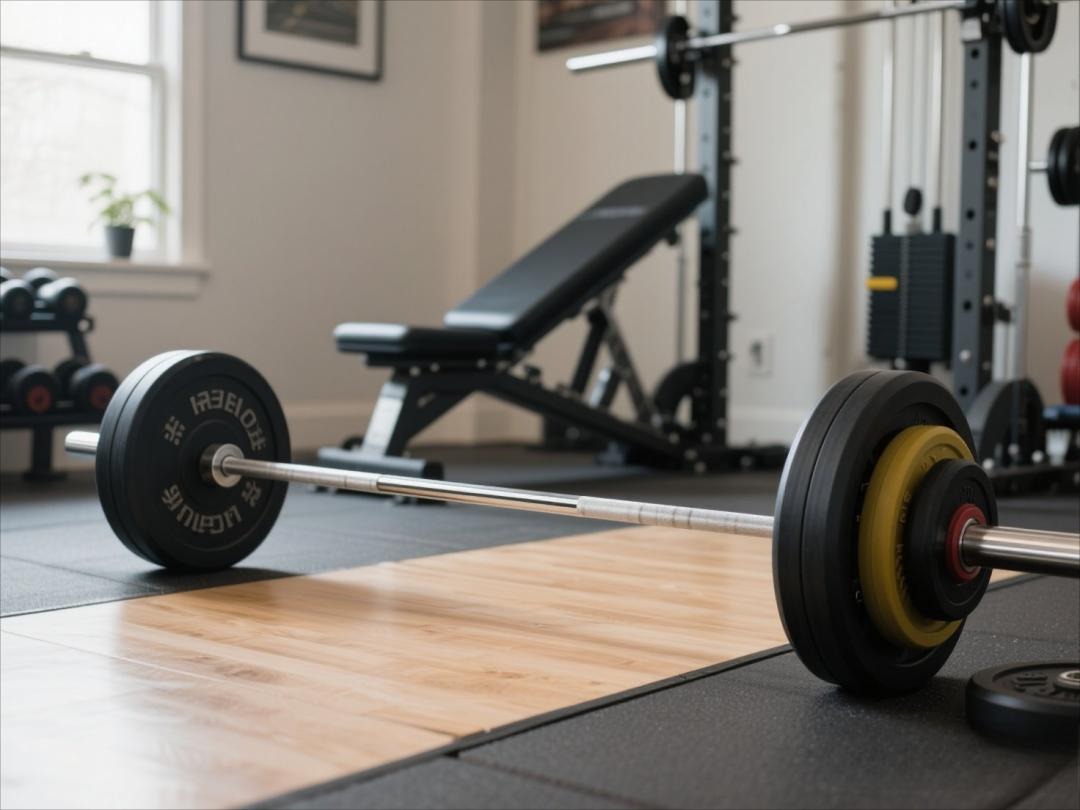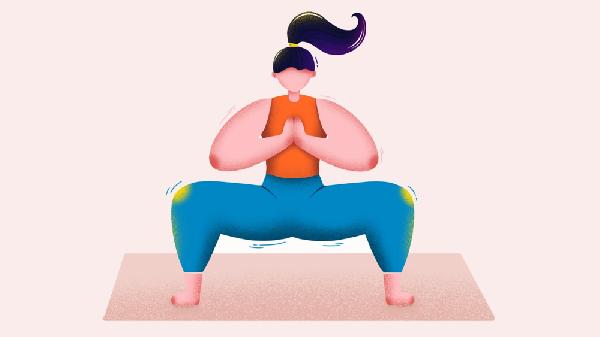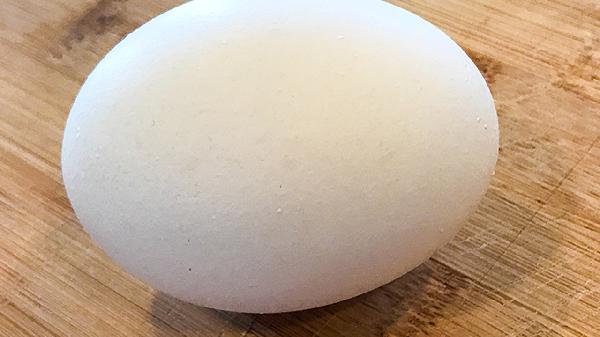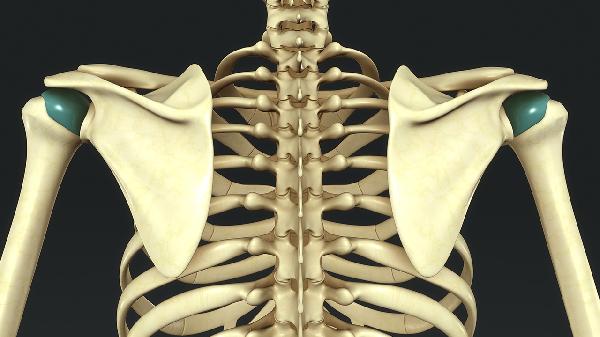Friends who love sports and fitness may have encountered such a problem in the early stages: muscle soreness appears the day after training, sometimes lasting for a day, sometimes for two or three days. So, what causes muscle soreness after exercise? Can you continue training during the soreness period? Should you continue training the next day when your muscles are sore?

First, we need to understand what causes muscle soreness. There are basically two situations: training injuries and muscle fiber tearing and reorganization.
Normal muscle soreness: Muscle fiber tearing and reorganization is the process of muscle self-repair. During this process, the body produces a large amount of lactic acid, and the accumulation of lactic acid can cause muscle soreness. This situation is a good sign, but if a training injury occurs, you need to be careful!
Abnormal muscle soreness: Training injuries are mostly caused by incorrect training methods during the training process, leading to damage to joints, ligaments, and muscles. The biggest difference between this type of injury and muscle fiber tearing and reorganization is that training injuries do not have delayed pain. Generally, pain occurs simultaneously with the injury, while muscle fiber tearing and reorganization usually occurs within 24-48 hours after training, and there is usually no sour feeling during training injuries!
After understanding the causes of muscle soreness after exercise, let's talk about: Can you continue muscle training when you have muscle soreness? Or should you wait until your body has fully recovered before continuing training? Will immediate retraining affect muscle growth? After determining whether we have normal muscle soreness or abnormal muscle soreness, if it is the former, we can consider these issues. If it is the latter, we must stop training and even seek medical attention!
First, if you have muscle soreness, you can continue fitness training! However, to make fitness more effective, we can consider doing lower-intensity training or training other muscle groups. Reducing the intensity is because doing high-intensity training when you have muscle soreness may lead to improper movements, and you may not be able to control the movement quality, which will greatly reduce the training effect. Most fitness and bodybuilding enthusiasts train other muscle groups after experiencing this situation, which not only ensures the rationality of the fitness plan but also ensures the cyclic training of their own muscle groups.
Then, according to scientific research, training during the muscle soreness period does not affect the muscle's self-repair status and the time it needs. Bodybuilders spend most of their time in a state of muscle soreness, and they do not wait for the muscle soreness to completely disappear before continuing to exercise.
Assume you plan to train four times a week. After training on Monday, you find that your body is sore, so you rest for two or three days. By Friday, it becomes more difficult to achieve the goal of training four times a week. Therefore, the editor suggests that if you train your legs on Monday and your legs are very sore the next day, you can still train other parts, such as the chest or back. If your legs are still a bit sore when you train them that day, as long as it does not affect the accuracy of the movements, you can still continue training!
























